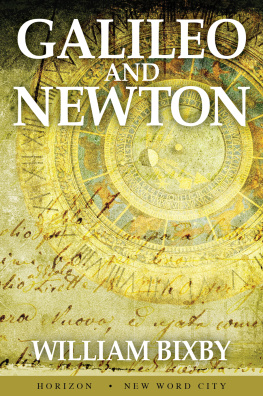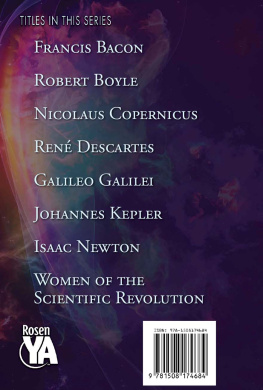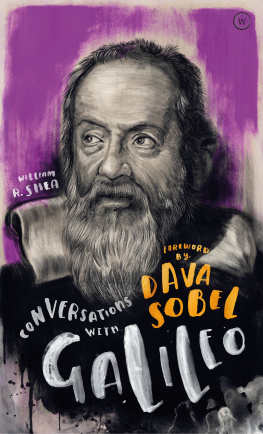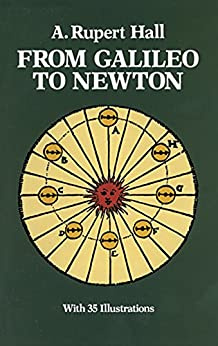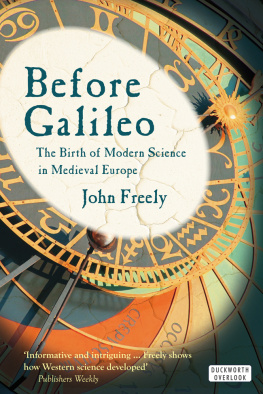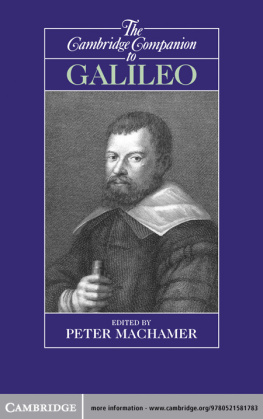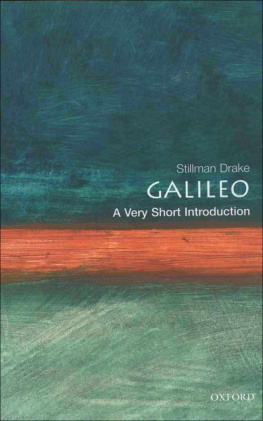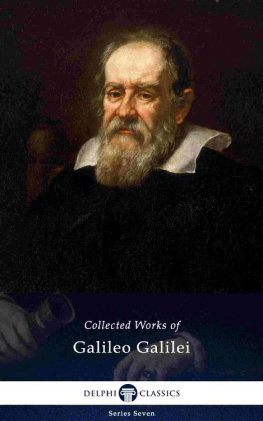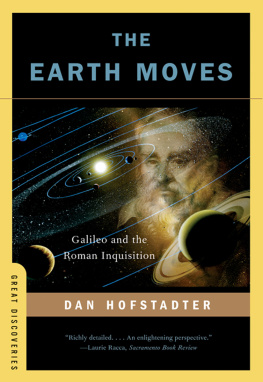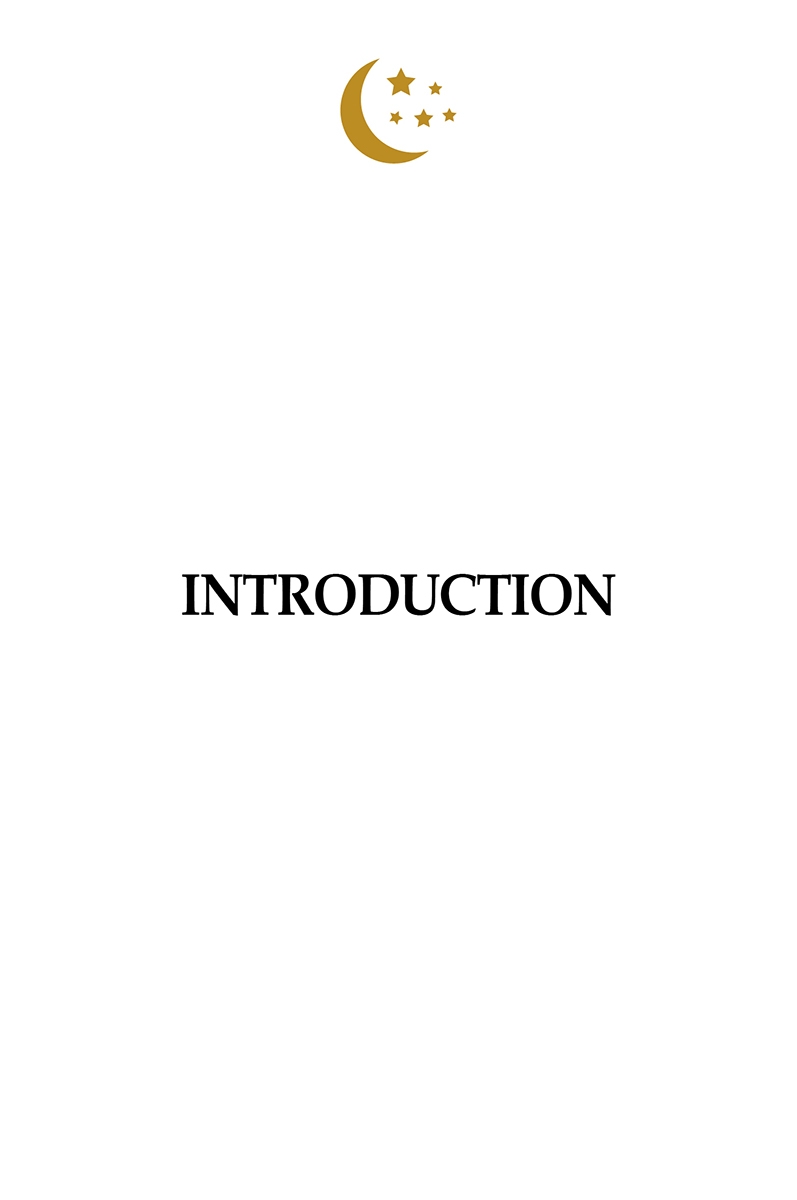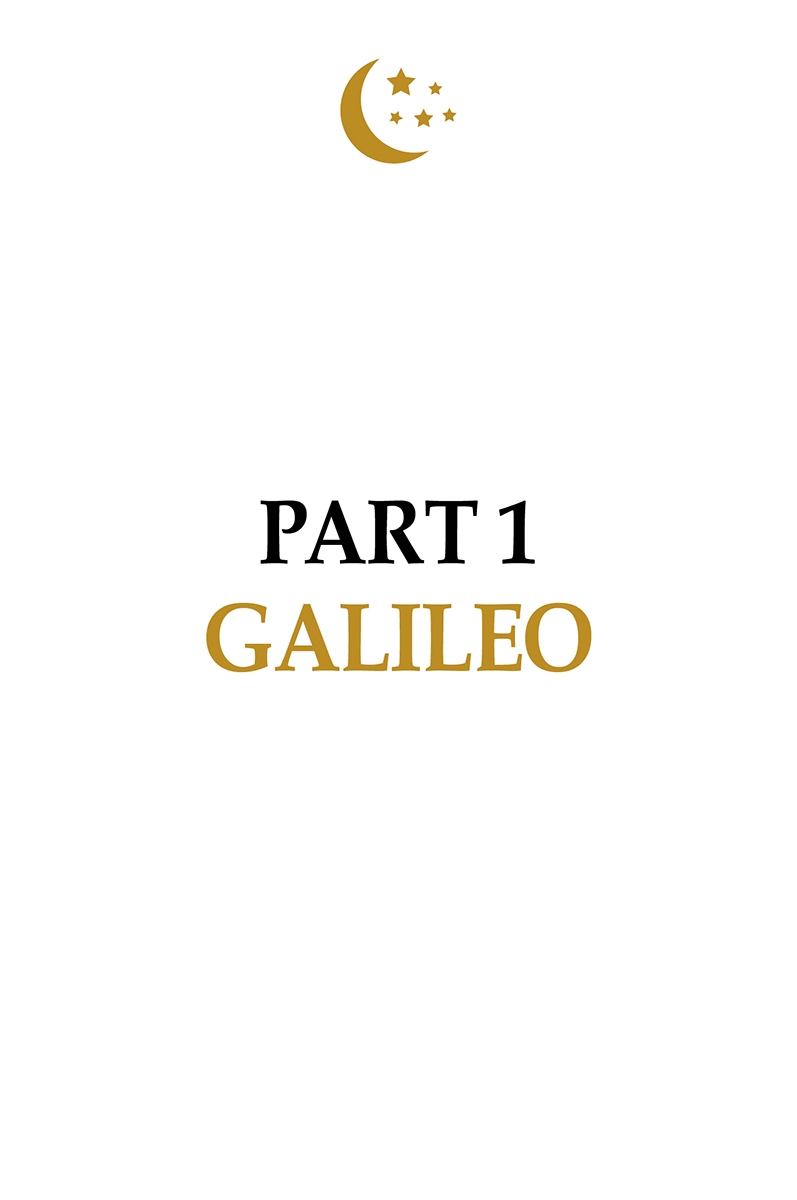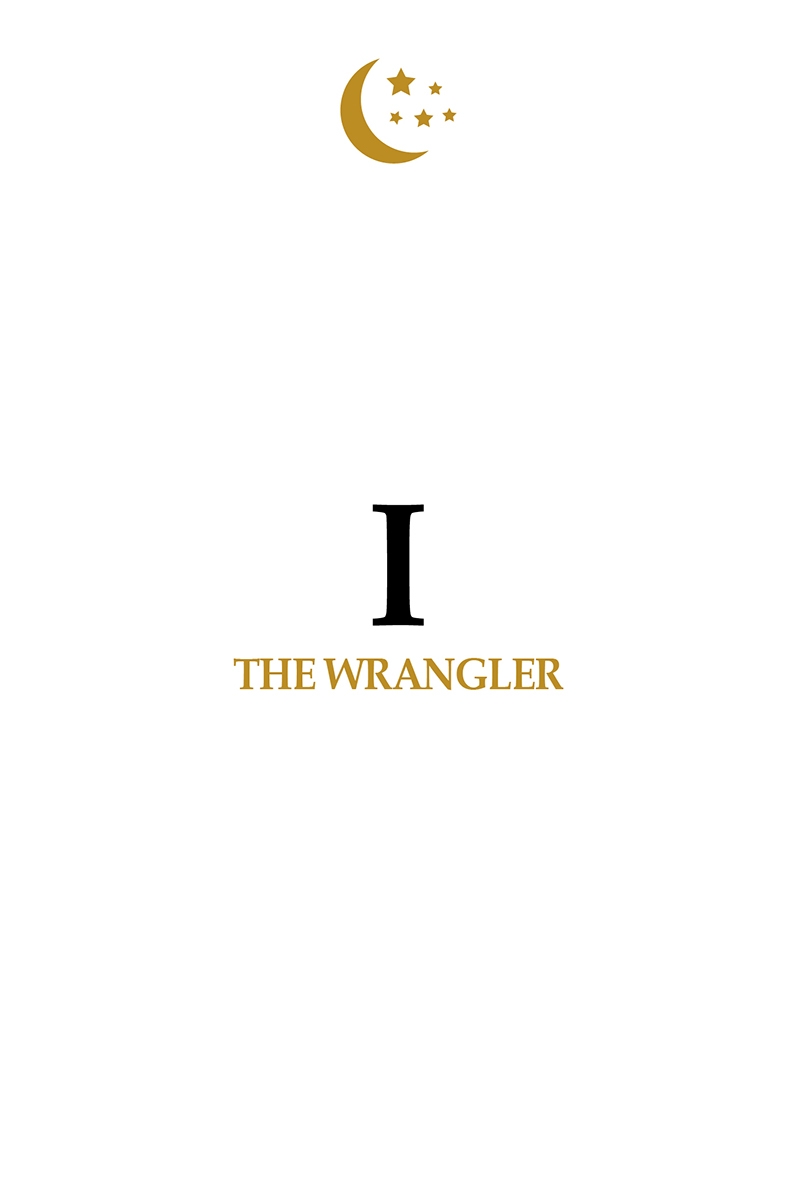Galileo Galilei and Isaac Newton are remembered, in some ways, because of one story about each of them that is unforgettable, though inaccurate. Galileo is seen poised against the uppermost railing of the Leaning Tower of Pisa, in the act of dropping two different-sized stone weights. Young Newton is visualized beneath his apple tree unaware of the apple that is about to rap his head and change his life forever.
Although neither picture conforms to historical reality, both are true in the way of legends. For Galileo was, indeed, a ceaseless experimenter whose inquiries into motion, light, and the organization of the solar system awakened the people of his time to the possibility of viewing the universe scientifically. And Newton was apparently inspired by a falling apple to carry on Galileos work, to formulate the one great law that explains the working of the universe, and thus, to lay the foundations for modern science.
Italy at the time of Galileos birth in 1564 was basking in the last rays of the Renaissance. It was as if Galileo had come along in that twilight to point Western thought in a new direction - toward science.
Then, in 1642, the year Galileo died, Isaac Newton was born in England. By his genius, Newton inaugurated a new age of scientific and mechanical achievement.
The relationship between these very different personalities is like that of two complementary stages of a rocket. Galileo, the argumentative wrangler who demanded that the universe be examined through a telescope rather than by means of a philosophy book, provided the first liftoff, and Newton, the secretive mathematician who searched among his notes to find a mislaid proof for universal gravitation, put the world into orbit. To both of them, for their description of a universe that must be probed to be understood, modern scientists are indebted.
Inside the cathedral of Pisa, Italy, on a Sunday morning in 1581, the congregation knelt in prayer. Their mumbled, whispered words were the only sounds to be heard in that tall, richly-ornamented chamber. It was dark, for the sun had barely risen; only a little daylight filtered through the narrow windows and fell across the rows of bowed heads.
A monk moved about, silently lighting candles. As he touched each wick with the tip of his torch, another flame rose and cast flickering patterns against the dark walls. Coming to the great chandelier that hung from the recessed-paneled ceiling, he reached out and drew the lamp toward him with a long pole. Having lit it, he released it, and it began swinging freely back and forth, sweeping its radiance over the stone floor like a fast-moving sun.
A young man, aware of the moving light, raised his head to gaze at the lamp. He watched its motions idly at first then with mounting excitement; his thoughts raced ahead faster as the lamp gradually slowed down. He soon was staring transfixed. A hundred questions crowded his thoughts as he gazed on the lamps movement.
He observed that when the lamp was first set to swinging, it moved swiftly, and each swing covered a great distance. Then this distance gradually decreased, and surprisingly, the speed of the lamp also seemed less.
Was the lamp really slowing down? the young man wondered. Possibly the time of each complete swing - whether it was a long or short movement - was always the same. The only way the young man could know for certain was by timing the motions. He had no timepiece, but he instinctively clapped one hand to his other wrist and compared the regular beats of his pulse to the time it took for the lamp to swing back and forth in ever-decreasing arcs. As nearly as he could determine by knowing the rate of his pulse, each swing took the same length of time.
When the mass was over, the young man, whose name was Galileo and who was then only seventeen, filed from the church and returned to the University of Pisa, where he was, at his fathers insistence, a student of medicine. Back in his room, spurred by what he had seen, he performed a series of experiments. He tied a heavy weight to the end of a strand of cord, making a simple pendulum. Then, setting the pendulum in motion, he measured the time of each swing against the beat of his pulse. He did this repeatedly until he was certain his supposition was correct: Although the rate of speed differed, each progressively shorter swing took the same time.
Galileo had discovered what is known today as the law of the simple pendulum: The swing of a pendulum may be long or short, but as long as it swings, it invariably measures the same amount of time. The only way to cause a change in the time of each swing is to change the length of the pendulum itself.
Nearly penniless, young Galileo used his discovery to earn some money by working out a timing device to sell to doctors in Pisa. It was a simple string pendulum of variable length. A doctor could adjust the length of the pendulum so that its swing coincided with a patients pulse rate. On a subsequent day, when a doctor took another reading, he could compare the two rates and get an accurate account of how his patient was progressing.
From Galileos discovery of the principle of the pendulum, a totally new concept of the design of timepieces evolved. But what proved even more significant than the discovery itself was his method of arriving at it - a system that today is called the scientific method.
Galileo was intensely curious; nothing in nature or in the world around him was too commonplace to escape his notice. Also, he possessed the imagination to guess the principle behind the phenomenon he had observed, and he had the patience and the conviction to check his guess by repeated experiments. In later life, when Galileo raised his sights from the curiosities of the everyday world to the sky above him, using this powerful scientific method, he was able to reveal something of the long-hidden nature of the solar system.
Many of his theories were not new, and many were not entirely correct; almost none of them were accepted by his contemporaries. Through most of his life, Galileo was considered either a crank or a heretic, sometimes both. But though most scholars and clerics of his day opposed him, many found something of value in what he claimed to have proven.
Galileo died in disgrace, but his work and that of his successors perpetuated his memory. One of these, the Englishman Isaac Newton, later advanced a theory to define the structure of the universe. However, without the groundwork laid by Galileo, Newtons work might not have been possible. Newton scaled a great peak in solving the mystery of the heavens, but he did so with a strong and reliable assist from Galileo.
Even as a young man, Galileos ideas about nature were so revolutionary that they earned him enemies among his teachers, fellow students, and the priests of his church. To them, Galileo seemed rigidly determined to upset all the accepted theories about the universe. What was accepted and rarely questioned in the sixteenth century may seem absurd today. Yet, without the insistent and radical teachings of a man like Galileo, there was no reason to doubt even the most archaic theories.
In Galileos day, people still believed, for example, that Earth was the center of the universe and that the sun, the stars, and the planets moved in a circular course around it. Common sense told them that if the sun rose in the morning and set at nightfall, it must be moving around Earth.

